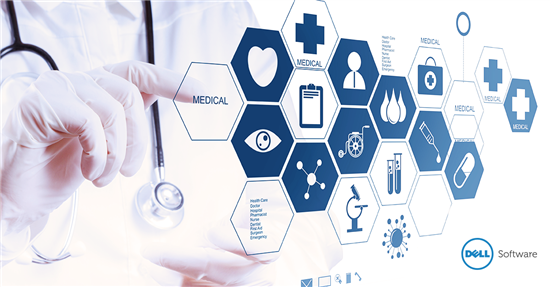
The more money you invest in IT, the greater the return you want on your investment. Estimates from IDC show that worldwide healthcare IT spending will rise from $115 billion this year to $135.7 billion by 2019. That means you and your counterparts are increasing your investment in areas like patch management software, remote administration tools and systems management, and probably expecting more and more value from it.
We’ve put together a paper called Realizing the Return on Healthcare IT Investment to highlight the way that comprehensive systems management maximizes the value of healthcare IT. It turns out that investment isn’t the only thing increasing from year to year; complexity is increasing as well, for several reasons.
Complexity in Healthcare IT
- Networks and the devices they connect are generating streams of new data that must be stored, analyzed and shared effectively.
- Healthcare providers can see and care for patients more flexibly, creating new ways to drive down costs and allocate payments.
- Opportunities are growing for collaboration among healthcare systems and organizations that have previously operated in silos.
That’s why we emphasize the value of comprehensive systems management in healthcare IT, extending to patch management, physical inventory, system auditing, vulnerability scanning and configuration management.
It’s also a big part of fulfillling HIPAA requirements. Being able to see, update and account for all of the hardware and software in your organization is a long step on the path to compliance.
The Dell KACE K1000 Systems Management Appliance and the Dell KACE K2000 Systems Deployment Appliance help healthcare IT teams cut through complexity and maximize the return on their investments in IT. Have a look at our paper, Realizing the Return on Healthcare IT Investment, to gauge the fit with your healthcare environment.




